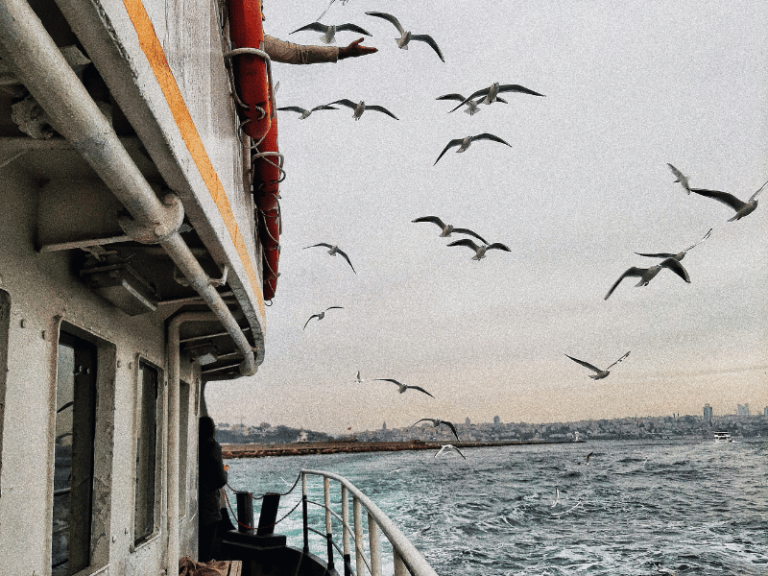On a sunny day, if you take a walk along the seaside and look up at the clear sky over the ocean, you can often see seagulls with their wings spread wide, shimmering like kites tethered to the ships.
Seagulls love to follow ships at sea. Is there something mysterious on the ships that attracts the seagulls? Indeed, there is a special force above the ships that supports the seagulls’ bodies, allowing them to glide effortlessly without flapping their wings. This force that supports the seagulls’ flight is not as mysterious as we might imagine, nor is it produced by the ships themselves; it is the atmosphere.
How does the atmosphere turn into a force that supports the seagulls’ bodies? On a clear day, the atmosphere is very calm, so how does it become a force?
As the saying goes, “air movement creates wind.” This explains that due to temperature differences in the atmosphere, air masses (wind) move; especially over the ocean, when these air masses encounter obstacles (such as waves, ships, and islands) during their movement, they rise and form a strong air current. This kind of air current is called dynamic air current, or streamlining airflow. Seagulls spread their wings and cleverly use this rising air current to support their bodies, closely following the ships and gliding above them.
Seagulls’ main food is fish. When ships are sailing, they often stir up clusters of water at the stern, which can bring fish from the ocean to the surface, making them targets for the seagulls to chase.

